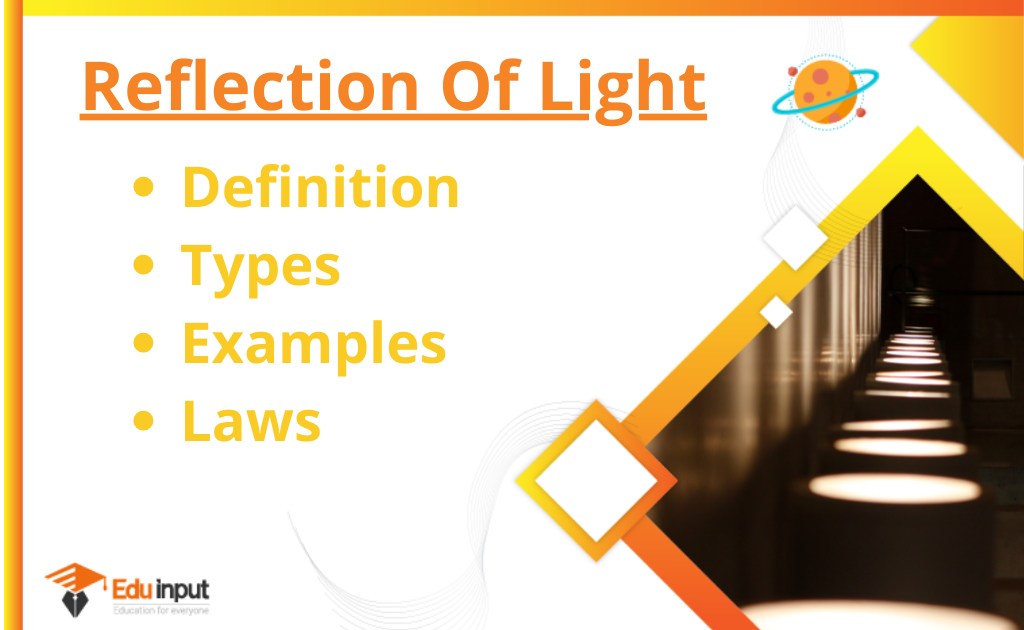If Glass Is Transparent then Why Are Its Cracks Opaque?
When glass breaks, it doesn’t look clear anymore because the cracks make its surface bumpy. When light tries to go through smooth glass, it goes straight and we can see through it. But when there are cracks, the light gets scattered because of the bumps. And we can’t see through the cracks. Sometimes there’s air or other stuff stuck in the cracks, which makes them even harder to see through.

What is Transparency in Glass?
Glass is a solid material composed primarily of silica, a compound known for its transparency. The secret to the transparency of glass lies in its molecular arrangement. Unlike most solids, where atoms are closely packed in a regular pattern, glass lacks a defined crystalline structure. Instead, its atoms are arranged in an amorphous manner, allowing light to pass through without significant distortion.
The Nature of Cracks in Glass
To understand why cracks in glass appear opaque, it’s essential to grasp how cracks form and propagate within this material. Cracks are disruptions in the continuous structure of glass, causing irregularities in its molecular arrangement.
When light encounters these disruptions, it scatters in various directions, leading to the opaque appearance of cracks. This scattering of light occurs due to the differing refractive indices of the cracked glass compared to its intact portions.
Light Scattering and Opaque Cracks
When light passes through a transparent medium like glass, it travels at a consistent speed. However, when it encounters a crack, its speed changes abruptly, causing it to bend and scatter. This scattering of light is what makes the cracks appear opaque.
Think of it like a stream of water flowing smoothly until it hits a barrier, causing ripples and disruptions. Similarly, light waves get disrupted at crack sites, creating an opaque visual effect.
The Role of Fracture Mechanics
Fracture mechanics, a field of study that deals with the behavior of cracks in materials, sheds further light on the phenomenon. Cracks in glass act as stress concentrators, meaning that stress gets amplified at the crack tip.
This stress concentration alters the molecular structure and refractive properties of the glass, contributing to the opacity of the cracks. The irregular arrangement of atoms at the crack tip scatters light in multiple directions, obscuring transparency.
Interaction with Light Wavelengths
Another factor contributing to the opacity of glass cracks is the interaction of light with different wavelengths. Visible light consists of a spectrum of colors, each corresponding to a specific wavelength.
The irregularities caused by cracks affect how these wavelengths interact with the glass, leading to dispersion and scattering. This dispersion further contributes to the opaque appearance of cracks, as the separated wavelengths create a jumbled effect.
External Factors and Impurities
External factors such as environmental conditions and impurities in the glass can also influence the opacity of cracks. Moisture, dust, and other particles can settle within the cracks, altering their refractive properties and exacerbating light scattering. Additionally, changes in temperature and humidity can cause cracks to expand, further distorting the molecular arrangement and enhancing the opaque appearance.
The Frosted Window Effect
To better comprehend the concept, consider the frosted window effect. When water vapor condenses on a glass surface, it creates tiny droplets that scatter light, making the glass appear foggy and opaque. Similarly, cracks disrupt the smooth surface of the glass, causing light to scatter and create an opaque effect. This analogy helps visualize how irregularities on a transparent surface can lead to opacity.

 written by
written by 





Leave a Reply